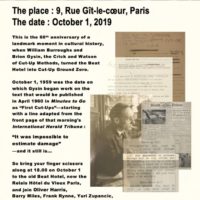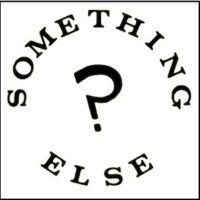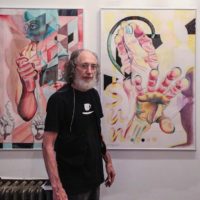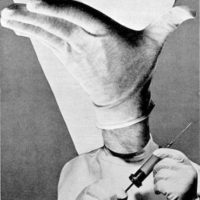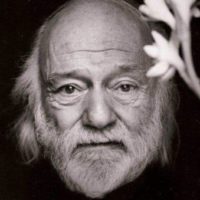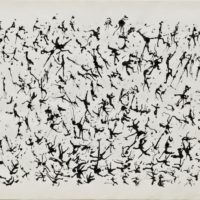The European Beat Studies network met in Paris to mark the 60th anniversary of the moment in cultural history when William Burroughs and Brion Gysin, the Crick and Watson of the “cut-up” method, turned the dingy Beat Hotel into their literary laboratory.
Archives for September 2019
Fluxus, Intermedia and . . .
The Something Else Factor: Alison Knowles, Barbara Moore, Martha Wilson and I will be participating this evening in a panel about the glory days of Something Else Press, moderated by Hannah B. Higgins, at the Emily Harvey Foundation. It’s the first of four discussions organized by Christian Xatrec and Alice Centamore. The events are free. RSVP to ehf.nework@gmail.com
Jerry Pagane, Art Warrior
Born in 1948, underweight, no ears, and on Christmas Eve dumped on a church step. In the ’40s and ’50s people were afraid of the deaf. Imagine the mental isolation. The system had no way of dealing with a deaf orphan. He was placed in Pressley Rigeway for Disturbed Children and Home for Cripple Children, and seven foster homes.
N.O. Mustill: Master Collagist Before My (NY) Times
May we compare images? One appeared today, the other appeared in 1967. One is a great photoshopped illustration. Which is the work of art? Is there a difference besides technique? I’d say there is.
Greek Poet Nanos Valaoritis Crucified by Time
Nanos Valaoritis has died. He was 98. Read one of his great poems: “Endless Crucifixion.”
A Gothic Tale Set in Black and White
Other works by Ligia Lewis include Sensation 1/This Interior (High Line Commission) (2019); so something happened, get over it; no, nothing happened, get with it (Jaou Tunis) (2018); Melancholy: A White Mellow Drama (Flax Fahrenheit, Palais de Tokyo) (2015); minor matter (2016), a poetic piece illuminated by red; Sorrow Swag (2014), presented in a saturated blue; $$$ (Tanz im August) (2012); and Sensation 1 (sommer.bar, Tanz im August -2011, Basel Liste- 2014).
A Contrary View of Gysin’s Calligraphies
A painter I know had this to say about Brion Gysin’s
work as an artist. “Pleasantly surprised by his watercolour. First thought was an early Yves Tanguy, whom I admire very much. But the calligraphies are outwitted any time by one little Michaux. That doesn’t invalidate the man’s effort, but I see too much repetitive strain there. Gysin’s calligraphies are paintings and, as such, can and should be viewed within a comparative context. There is of course André Masson to begin with—right up to Lee Krasner.

